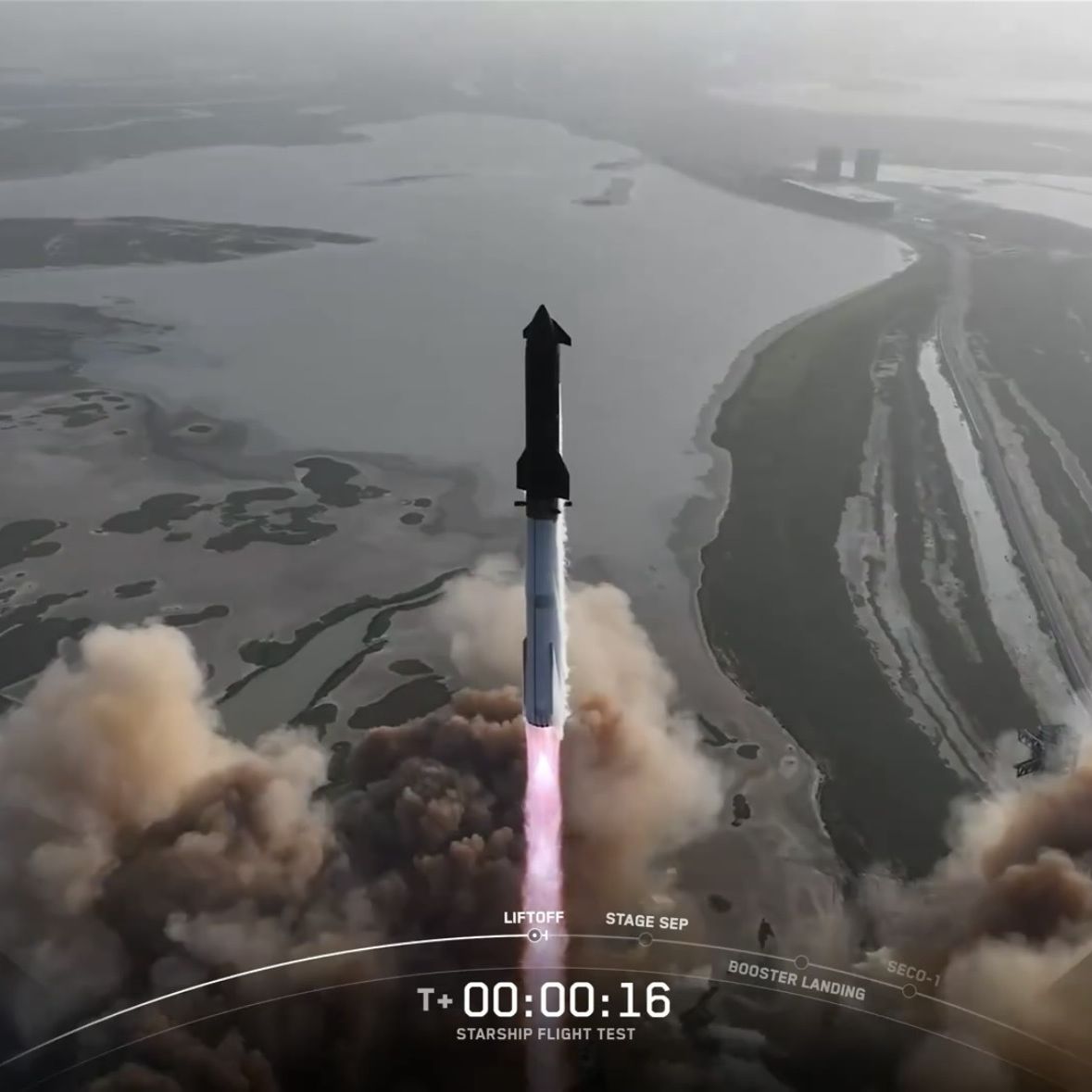Sources: 

SpaceX's ninth Starship test flight, launched Tuesday, ended with the loss of both the Super Heavy booster and the Starship upper stage before controlled splashdown.
The Super Heavy booster successfully separated from the Ship upper stage but was lost above the Gulf, marking a setback despite improvements over previous flights.
"Starship made it to the scheduled ship engine cutoff, so big improvement over last flight! Also, no significant loss of heat shield tiles during ascent," SpaceX noted, highlighting progress in vehicle performance.
The Federal Aviation Administration (FAA) had recently granted SpaceX permission to proceed with this ninth integrated flight test (IFT-9) after completing the review of the eighth test flight.
This test is critical as NASA has contracted SpaceX to develop Starship as the lunar lander for its Artemis program, aiming to return astronauts to the Moon by 2027.
"NASA plans to use a variant of the Starship upper stage as a lunar lander in the agency's Artemis program," underscoring the importance of these tests for future crewed lunar missions.
Despite the loss of both stages, the flight demonstrated key advancements, including successful engine cutoff and improved heat shield integrity, which are vital for the spacecraft's development toward operational status.
SpaceX CEO Elon Musk was scheduled to provide an update on the company's multiplanetary vision on the day of the launch, reflecting the broader ambitions behind the Starship program.
The test flight's outcome will inform further refinements as SpaceX continues to push toward making humanity a multiplanetary species.
Sources: 
SpaceX's ninth Starship test flight ended with the loss of both the Super Heavy booster and Starship upper stage before controlled splashdown, despite successful engine cutoff and no major heat shield damage. The test follows FAA approval and precedes NASA's planned lunar lander use in Artemis missions.
2
2

